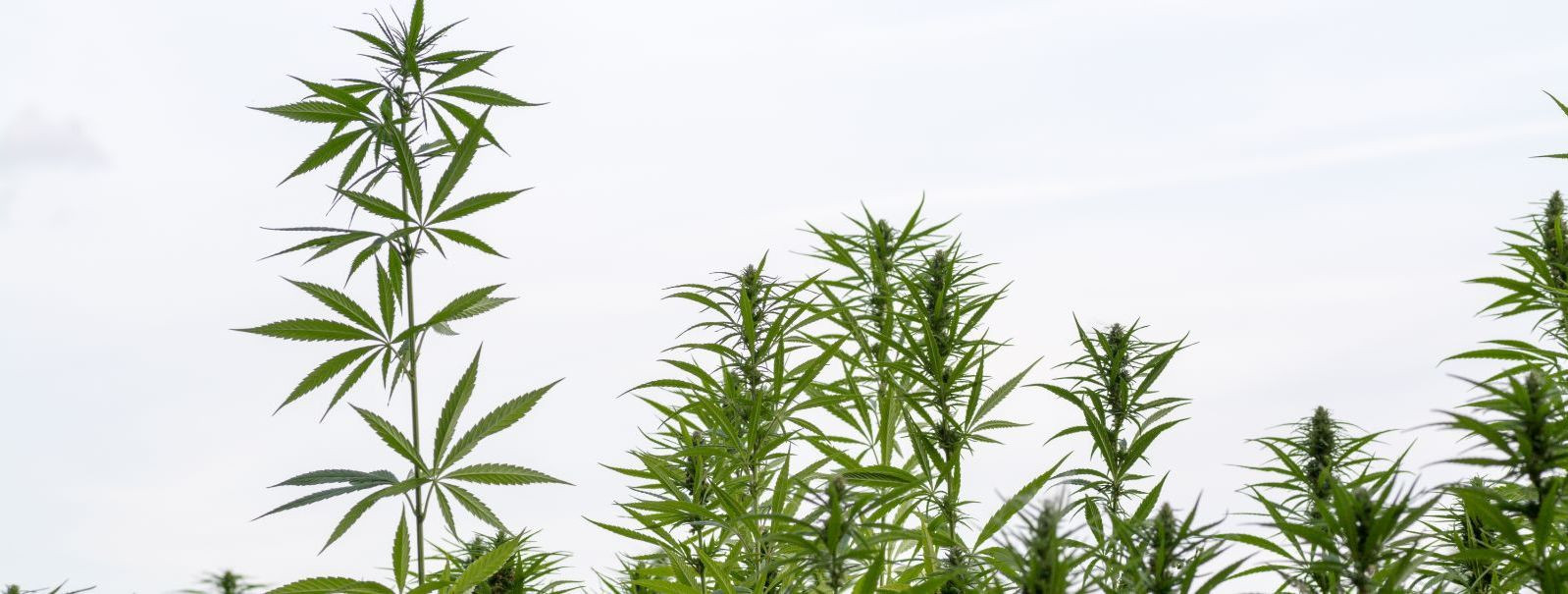How Do Steel and Hemp Compete in the Future Construction Industry?
As the construction industry evolves, the search for sustainable and efficient building materials has highlighted hemp and steel. Both materials offer unique advantages and challenges, and their role in future construction practices is becoming increasingly significant.
With climate change and environmental degradation, the construction industry is under pressure to reduce its carbon footprint. Sustainable building materials are no longer a niche market but a necessity for a greener future.
The Rise of Hemp as a Building Material
Hempcrete is a biocomposite material made from the woody inner fibers of the hemp plant, mixed with lime and water. It is gaining popularity as an eco-friendly alternative to traditional construction materials.
Growing hemp requires minimal pesticides and fertilizers, and the plant absorbs carbon dioxide as it grows, making it a carbon-negative material. Hempcrete also offers excellent insulation, reducing energy costs over a building’s lifespan.
Despite its advantages, hemp faces regulatory barriers, limited supply chains, and a lack of awareness in the construction industry.
Steel: The Backbone of Modern Construction
Steel is renowned for its strength, durability, and versatility. It has been a material of choice for decades, enabling the construction of skyscrapers, bridges, and various other structures.
Steel production is energy-intensive and contributes to greenhouse gas emissions. However, it is highly recyclable, which mitigates some of its environmental impact.
Technological advancements are making steel production more efficient and less harmful to the environment. The industry is seeking ways to reduce emissions and enhance the recyclability of steel products.
Comparative Analysis: Hemp vs. Steel
While steel provides unmatched strength for high-rise buildings and large-scale infrastructure, hempcrete’s durability is more suitable for residential and low-rise commercial structures.
The initial cost of hemp materials may be higher than traditional materials, but long-term savings in energy efficiency can offset these costs. Steel remains competitively priced due to its widespread use and established manufacturing processes.
Hemp stands out for its sustainability and minimal environmental impact, while steel’s recyclability and emerging eco-friendly production methods improve its environmental footprint.
Building codes, market demand, and supply chain development are critical factors influencing the adoption of hemp and steel in construction.
Sustainable Construction in the Future
The future of construction may see a hybrid approach, combining hemp’s sustainability with steel’s structural strength.
Materials science continues to advance, leading to stronger, more sustainable, and versatile construction materials.
Consumer demand for eco-friendly buildings and industry trends toward green construction are shaping the future of building materials.
Explore the potential of sustainable construction with ORGANIC STEEL OÜ. Contact us to discover how our expertise can enhance your next project.






Comments (0)